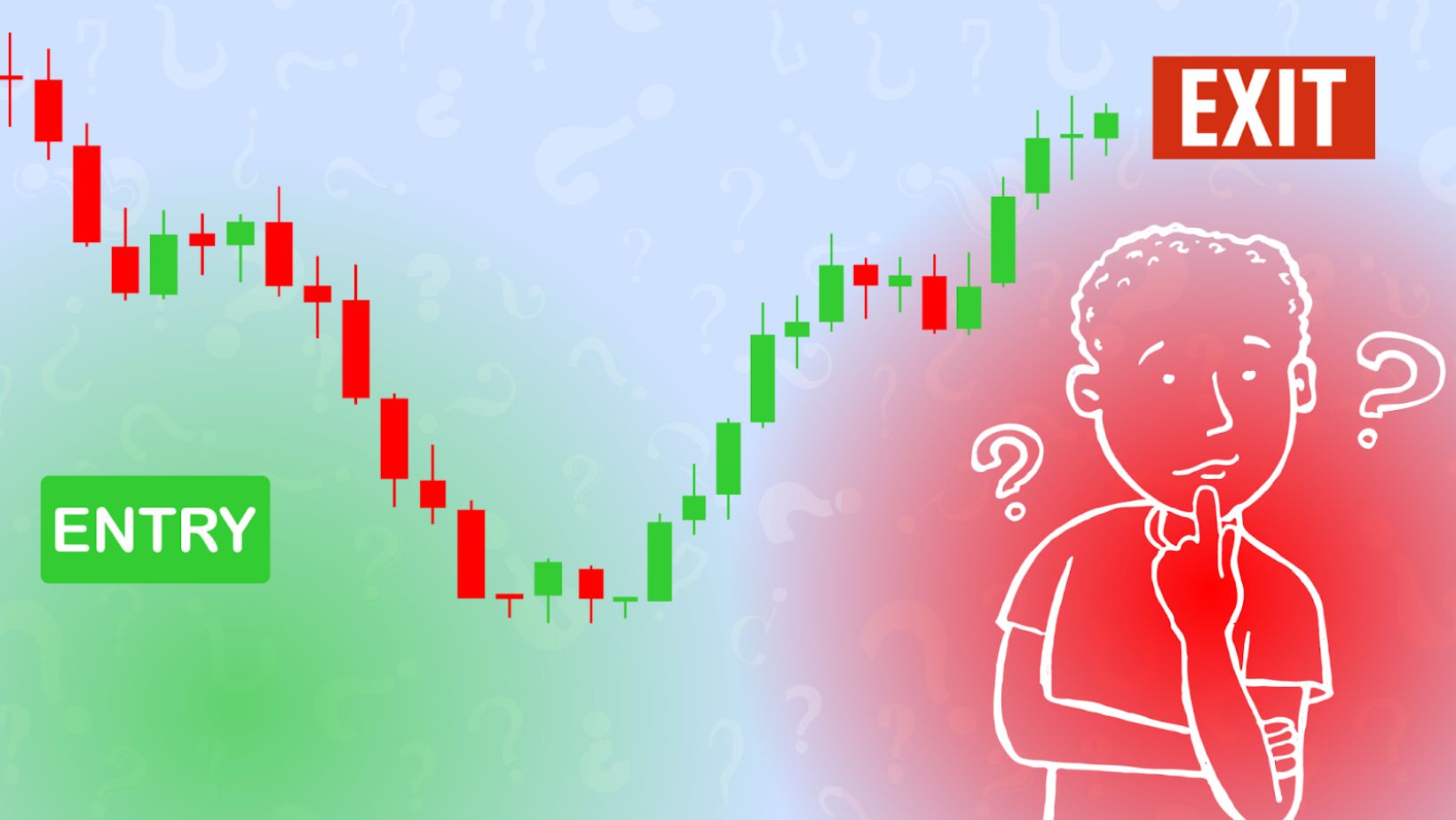
In the intricate world of financial trading, predicting future price movements can often feel like trying to find a needle in a haystack. But what if there were a method to the madness? Enter the realm of candlestick patterns, a powerful tool in the arsenal of seasoned traders.
Candlestick patterns, a centuries-old Japanese method, have proven their worth in today’s high-speed, data-driven markets. They’ve become a beacon for traders seeking to navigate the choppy waters of price volatility. This article will shed light on how these fascinating patterns can serve as reliable predictors of future price movements.
So, whether you’re a novice trader or a seasoned market shark, sit back and prepare to delve into the intriguing world of candlestick patterns. Let’s demystify the art of predicting market trends and make your trading journey a little less daunting.
Understanding Candlestick Patterns
Delving deeper into the world of candlestick patterns, this section will shed light on their definition and historical significance in trading.
What Are Candlestick Patterns?
Candlestick patterns denote price movements. Each candlestick represents specific market conditions via ‘open’, ‘high’, ‘low’, ‘close’ price points in a given period. Together, a series of candlesticks form patterns, decoding potential signals for the market. Consider a two-candlestick pattern, the ‘bullish engulfing’: the first candlestick closes down, and the second closes up, “engulfing” the body of the first candlestick. Over time, other traders and analysts recognized the power of candlestick patterns in predicting future price movements across various financial markets. This pattern may indicate a bull market – a valuable insight for traders.
History of Candlestick Patterns in Trading
Originating from 17th century Japan, candlestick patterns made their mark in the rice commodity market. Famous trader, Homma Munehisa, recognized that prices didn’t operate on supply and demand mechanics alone – emotional responses to market trends played a significant part too. Fast forward a few centuries, in the late 1980s, western trader Steve Nison discovered these patterns. With his books and seminars, Nison popularized candlestick patterns internationally, thereby embedding them as a cornerstone of technical analysis in financial trading.
Types of Candlestick Patterns
The versatility of candlestick patterns makes them an essential component of a trader’s toolset. This section categorizes these patterns into two broad types: Single Candlestick Patterns and Multi-Candlestick Patterns.
Single Candlestick Patterns
Single Candlestick Patterns serve as indications of potential market reversals. One candlestick forms these patterns. Traders often rely on them due to their simplicity and the swift analysis they afford.
Amongst the various single candlestick patterns, ‘Doji’, ‘Hammer’, and ‘Hanging Man’ typify the category. A single line, often referred to as a ‘Doji’, symbolizes a significant struggle between buyers and sellers during the market period, with neither group obtaining a conclusive victory. ‘Hammer’ and ‘Hanging Man’ present themselves during downward trends, with potential for market reversals to take place.
Multi-Candlestick Patterns
Expanding the scope to patterns formed by more than one candlestick, we enter into the realm of Multi-Candlestick Patterns. Their complexity renders them invaluable for achieving a more sophisticated market analysis. Some recognized patterns falling within this group include ‘Engulfing’, ‘Three White Soldiers’, and ‘Dark Cloud Cover’ patterns. ‘Engulfing’ patterns signal powerful reversals often manifesting after a significant trend. ‘Three White Soldiers’, formed by three large white, or green, consecutive candlesticks, predict a strong upward price movement. Finally, ‘Dark Cloud Cover’ patterns, a mercantile metaphor for doom, denote a potential downward price shift.
Role of Candlestick Patterns in Technical Analysis
Candlestick patterns hold exceptional value in providing strategic nuances to traders. They serve as vital components in the broader framework of technical analysis.
Basic Principles of Technical Analysis
The cornerstone of technical analysis lies in examining the historical price movements. It operates under three basic premises: market price considers all factors, price moves in trends, and history repeats itself. Traders often use candlestick patterns as the language to decipher these trends and historical repetitions.

For example, a ‘Doji’ pattern, which signals indecision in the market, might hint that an ongoing bullish trend could soon reverse. Similarly, a ‘Three White Soldiers’ pattern, with its successive long white (or green) candles, often indicates a strong bullish trend. Recognizing these patterns, traders can anticipate potential price movements and devise their strategies accordingly.
Integrating Candlestick Patterns With Other Indicators
Many technical analysts find value in combining candlestick patterns with other indicators for more accurate predictions. These indicators can be moving averages, Relative Strength Index (RSI), or Bollinger Bands. Integrating these tools might offer more comprehensive market insights.
For instance, a ‘Hammer’ candlestick pattern in conjunction with a strong RSI might suggest a potent bullish reversal. Concurrently, an ‘Engulfing’ pattern combined with a breach of the lower Bollinger Band could signal a possible bullish trend. Thus, harmonizing candlestick patterns with other indicators can significantly augment the predictive power of technical analysis.
Advantages of Using Candlestick Patterns
Candlestick patterns serve as an integral component for traders around the globe, as these patterns simplify complex market variables into easily identifiable visual representations. Furthermore, candlestick patterns offer a slew of advantages, two of which are the speed of information processing and predictive power in various market conditions.
Speed of Information Processing
Candlestick patterns possess the advantage of quick information processing, as they condense critical market data into a digestible format. The culmination of a candlestick’s shape, color, and location transmits essential market state information, providing traders with instantaneous market sentiments. For instance, a ‘Long White Body’ candle represents strong buying pressure, and seeing it on the chart provides traders with instant insight. Speed is a crucial factor in trading decisions, and using candlestick patterns increases the rate at which crucial information is received and actioned.
Predictive Power in Various Market Conditions
Another strength of candlestick patterns lies in their adaptability across diverse market conditions. These patterns depict potential market reversals, sustained trends, and periods of market indecision with equal reliability. Whether in trending or range-bound markets, candlestick patterns offer predictive power that helps traders anticipate future price movements. For instance, the ‘Head and Shoulders’ pattern foretells a trend reversal, while the ‘Morning Star’ pattern indicates a bullish reversal might be underway. Hence, the use of candlestick patterns arms traders to respond optimally under varying market conditions, improving their trading strategy and outcomes.
Conclusion
Candlestick patterns have proven their worth in financial trading since their inception in 17th century Japan. They’ve come a long way, thanks to Steve Nison, and are now a staple in technical analysis. Their integration with indicators like moving averages, RSI, and Bollinger Bands has only amplified their predictive power. They’re swift in processing information, making them a reliable tool in various market conditions.
But it’s important to remember they’re not infallible. Market volatility can distort these patterns, making accurate predictions a tough task. Psychological factors also play a significant role, as traders’ biases and past experiences can cloud their judgment. So while candlestick patterns offer valuable insights, they should be used with caution. After all, in the world of trading, there’s no such thing as a sure bet.


